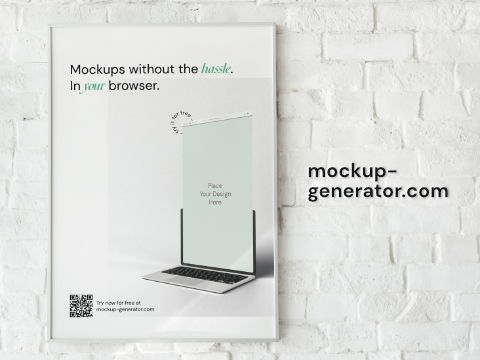
Simplifying Design Presentation Through Browser Technology
Mockup Generator is a web application that solves a common frustration for designers: creating professional mockups shouldn’t require expensive software, complex workflows or downloaded assets. This tool brings mockup creation directly into the browser, making it accessible to designers and non-designers alike.
The Problem
As a designer presenting work to clients, mockups are essential for showing designs in realistic contexts. However, the traditional process is frustrating:
- Quality issues - Many free mockups are low-quality
- Complex workflows - Requires downloading, unpacking and Photoshop
- Accessibility barriers - Not everyone has access to professional design software
- Time-consuming - Applying designs to multiple mockups is repetitive
The Solution
A browser-based application where users can:
- Upload designs directly from their browser
- Automatically apply designs to multiple high-quality mockups
- Download results instantly without additional software
- Access mockups organized by category (Devices, Print, Social Media)
This democratizes mockup creation, giving non-designers access to professional-looking presentations while streamlining workflows for experienced designers.
Technical Implementation
Core Technology Stack
Frontend Framework:
- SvelteKit - Modern reactive web framework for optimal performance
- Skeleton - UI component library for consistent design system
- WebGL - Hardware-accelerated perspective transformation
Perspective Transformation
The most challenging technical aspect was transforming uploaded images to fit mockup perspectives. Two approaches were tested:
Initial Approach:
- OpenCV via WebAssembly - 8.6 MB library
- Powerful but heavy bundle size
- Slower initial load times
Final Approach:
- WebGL with perspective-transform library - Only 7.6 KB
- Custom transformation matrix calculations
- Client-side processing for instant results
- Over 1000x size reduction while maintaining quality
Key Features
Must-Have Features (Implemented):
- High-quality mockup library
- Category-based organization (Devices, Print, Social Media)
- Image cropping tools
- Background color customization
- Instant browser-based transformation
Future Feature Ideas:
- Video mockups
- 3D mockups with AR preview
- Automatic mockup selection based on upload
- Watermark/copyright marking
- API for third-party integrations
- Figma, Photoshop and InDesign plugins
- Bulk upload functionality
- Multi-language support
- Dark mode
Competitive Analysis
Analyzed 15 existing solutions including Artboard, Canva, Mockuuups, Placeit and Smartmockups. Key findings:
- Most require registration or payment
- Free options have watermarks or quality limitations
- No truly easy-to-use, free alternative existed
Market Gap: Free, high-quality, browser-based mockup tool
Design Iterations
Typography:
- Selected DM Sans for body text
- Mazius Display Extra-Italic for headlines
- Tested multiple combinations for optimal readability
Color Evolution:
- Shifted to neon color palette for better contrast
- Made mockups more recognizable through color coding
- Improved visual hierarchy on landing page
Layout Refinements:
- Removed testimonials section
- Added “Why free?” section addressing user concerns
- Emphasized USPs (Unique Selling Points) globally
- Redesigned header with multiple variations
Technical Challenges
Performance Optimization:
- Loading times when switching between mockups
- Currently limited to medium-resolution downloads (full HD coming)
- Preview rendering can be slow with large uploads
- Category switching triggers re-rendering (caching needed)
Mockup Rights:
- Current mockups are third-party sourced
- Long-term plan: migrate to self-produced mockups for better licensing
- Some mockups have unnatural white overlay surfaces
WebGL Integration:
- Successfully replaced 8.6 MB OpenCV with 7.6 KB custom solution
- Transformation matrix calculations optimized for browser performance
- Maintained quality while drastically reducing bundle size
Design System
Wireframing and Planning
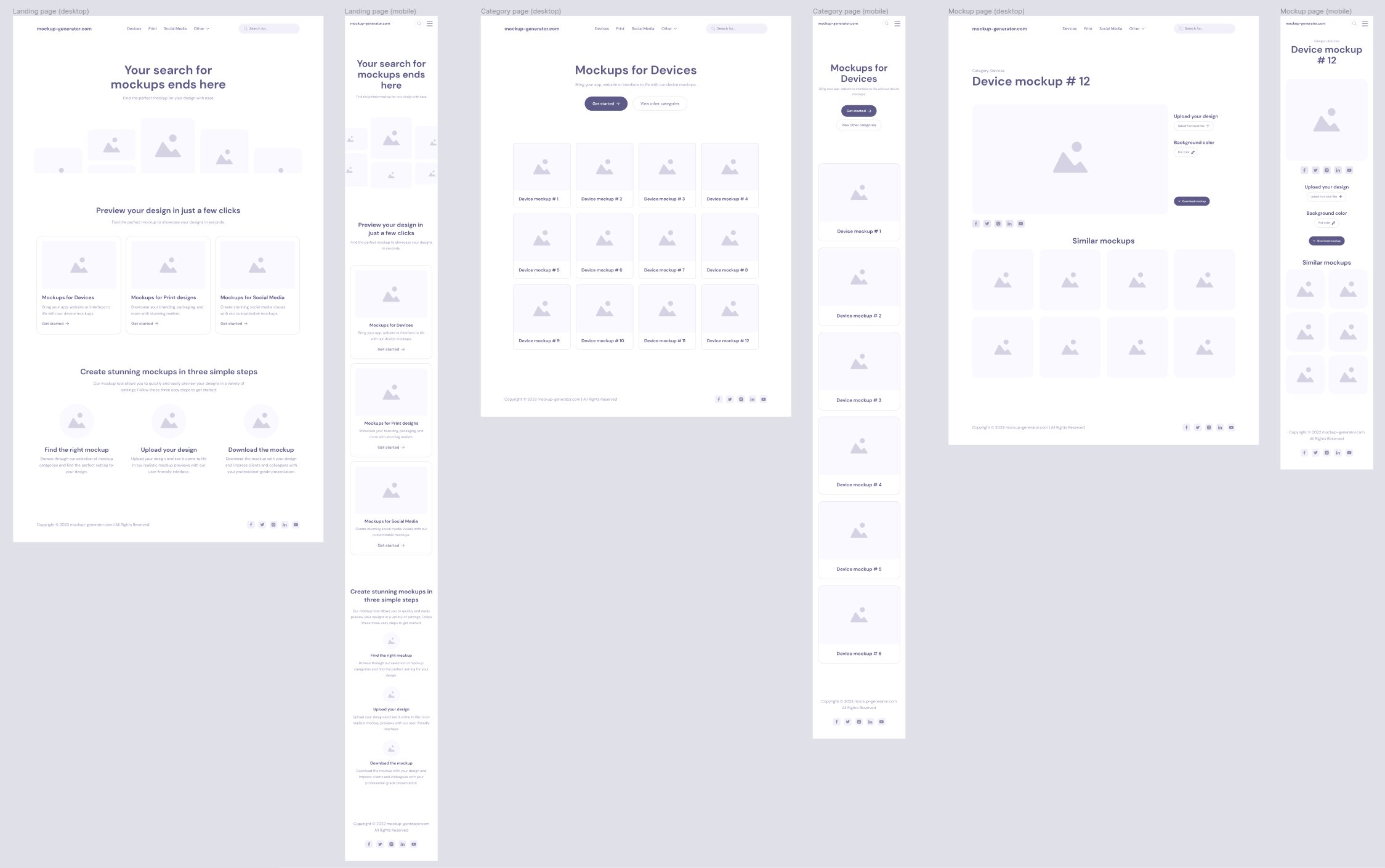 Initial wireframes and user flow mapping
Initial wireframes and user flow mapping
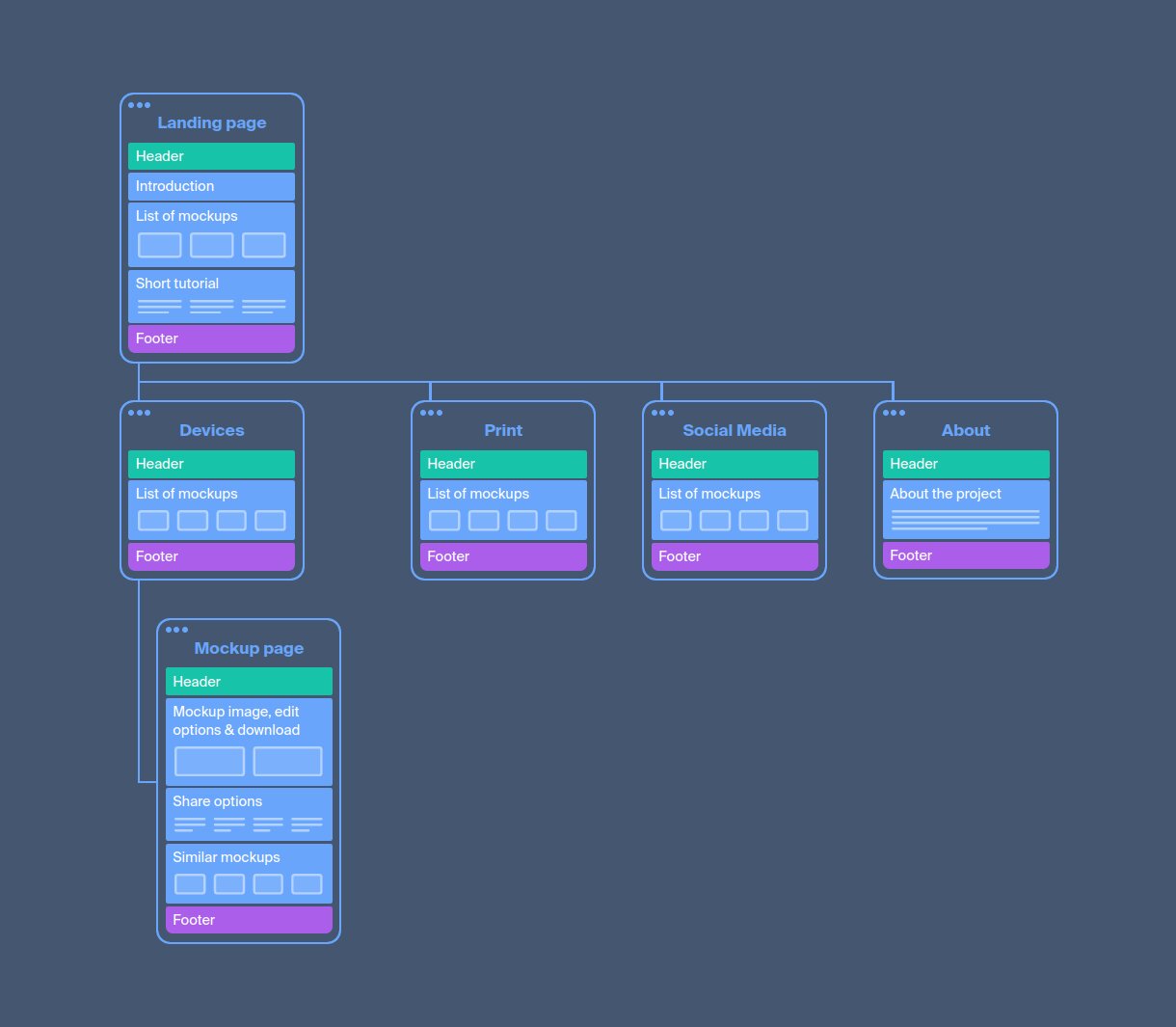 Low-fidelity wireframes created with Octopus.do
Low-fidelity wireframes created with Octopus.do
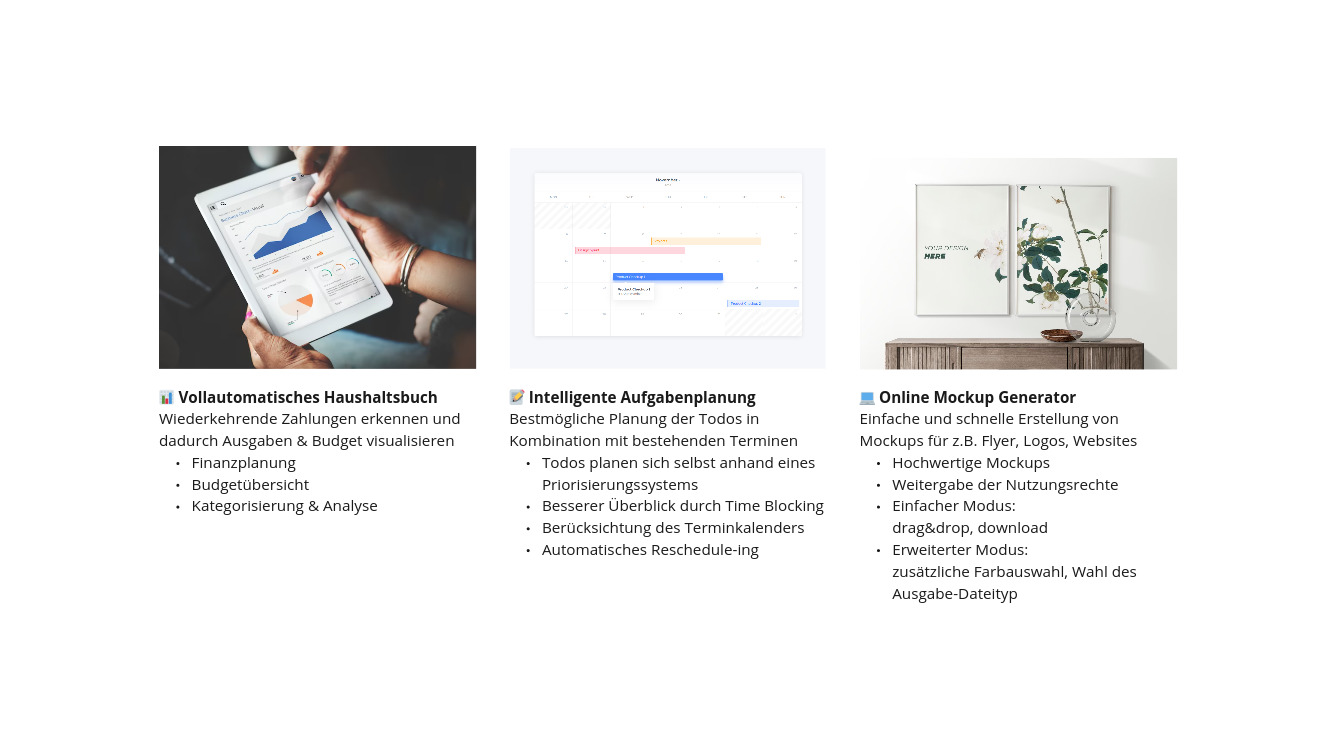 Project brainstorming and ideation phase
Project brainstorming and ideation phase
Visual Design Development
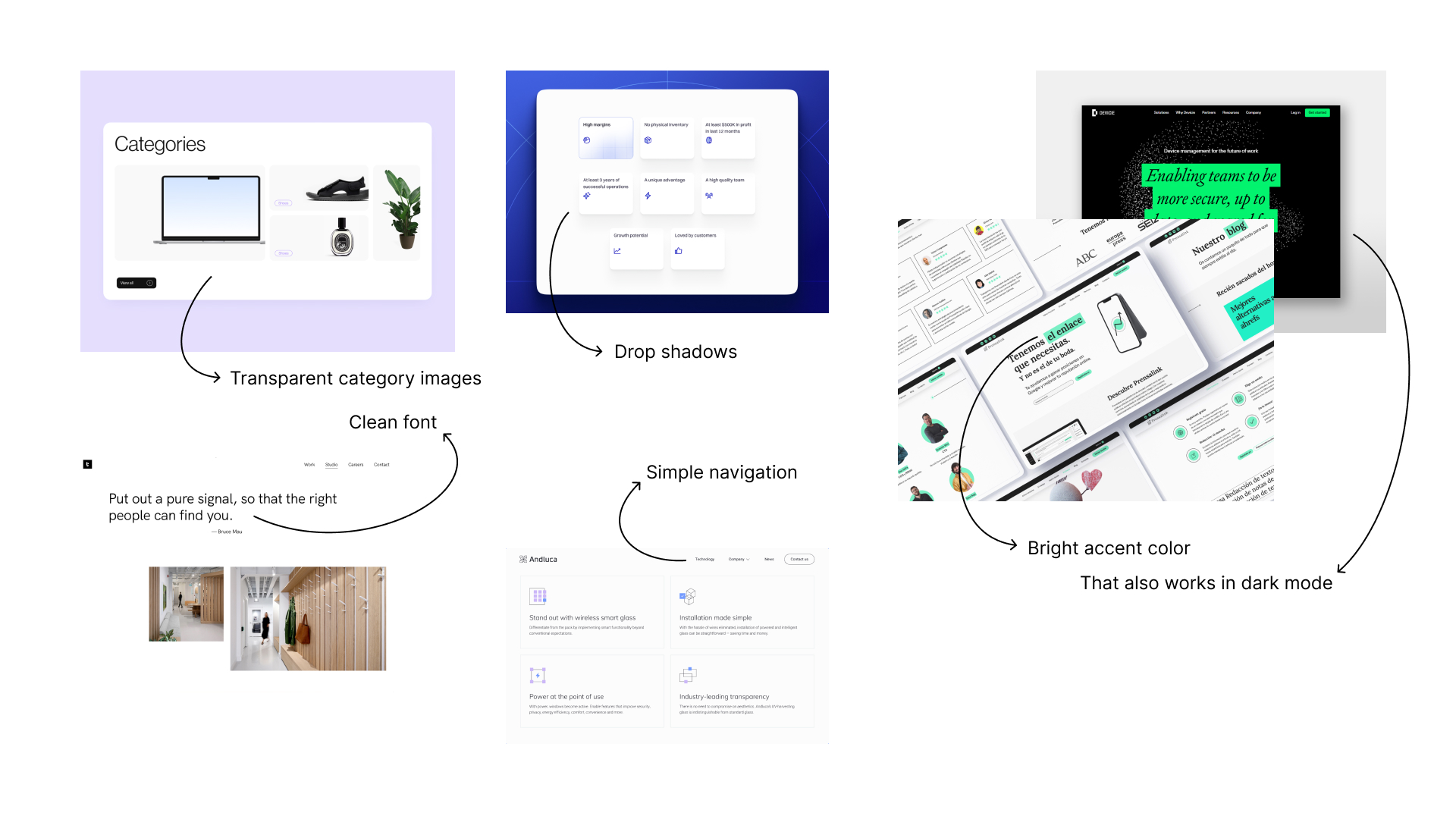 Comprehensive visual moodboard establishing design direction
Comprehensive visual moodboard establishing design direction
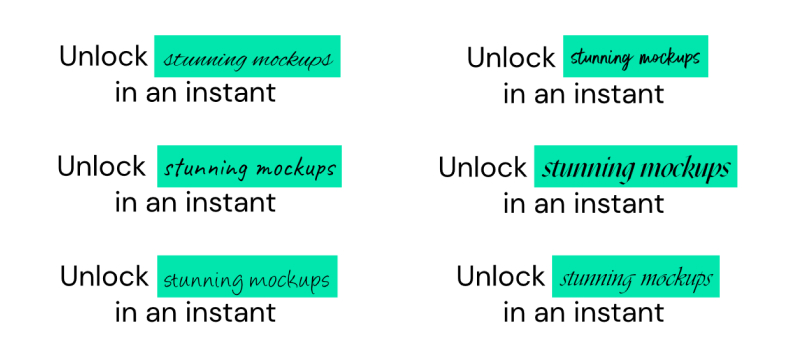 Typography exploration with DM Sans and Mazius Display
Typography exploration with DM Sans and Mazius Display
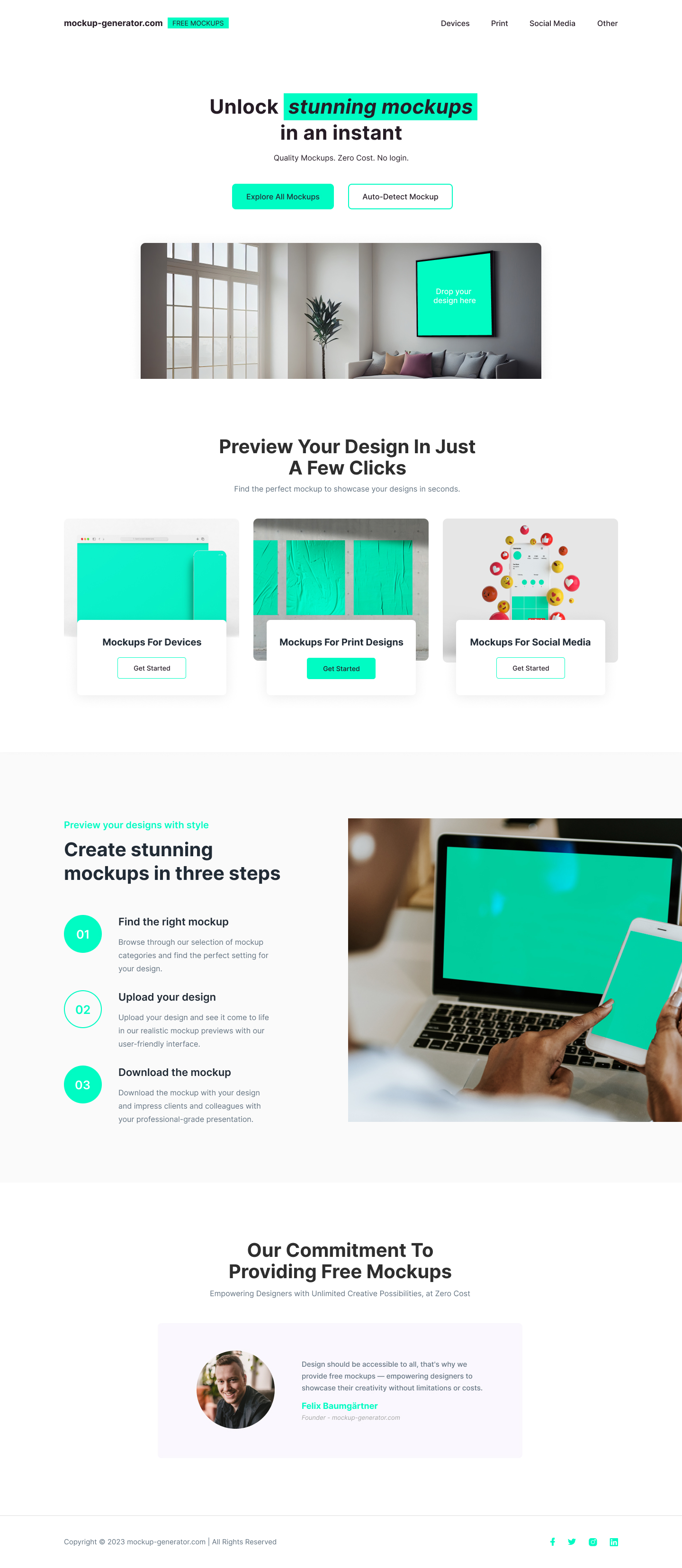 Final landing page design with neon color palette
Final landing page design with neon color palette
Proof of Concept and Testing
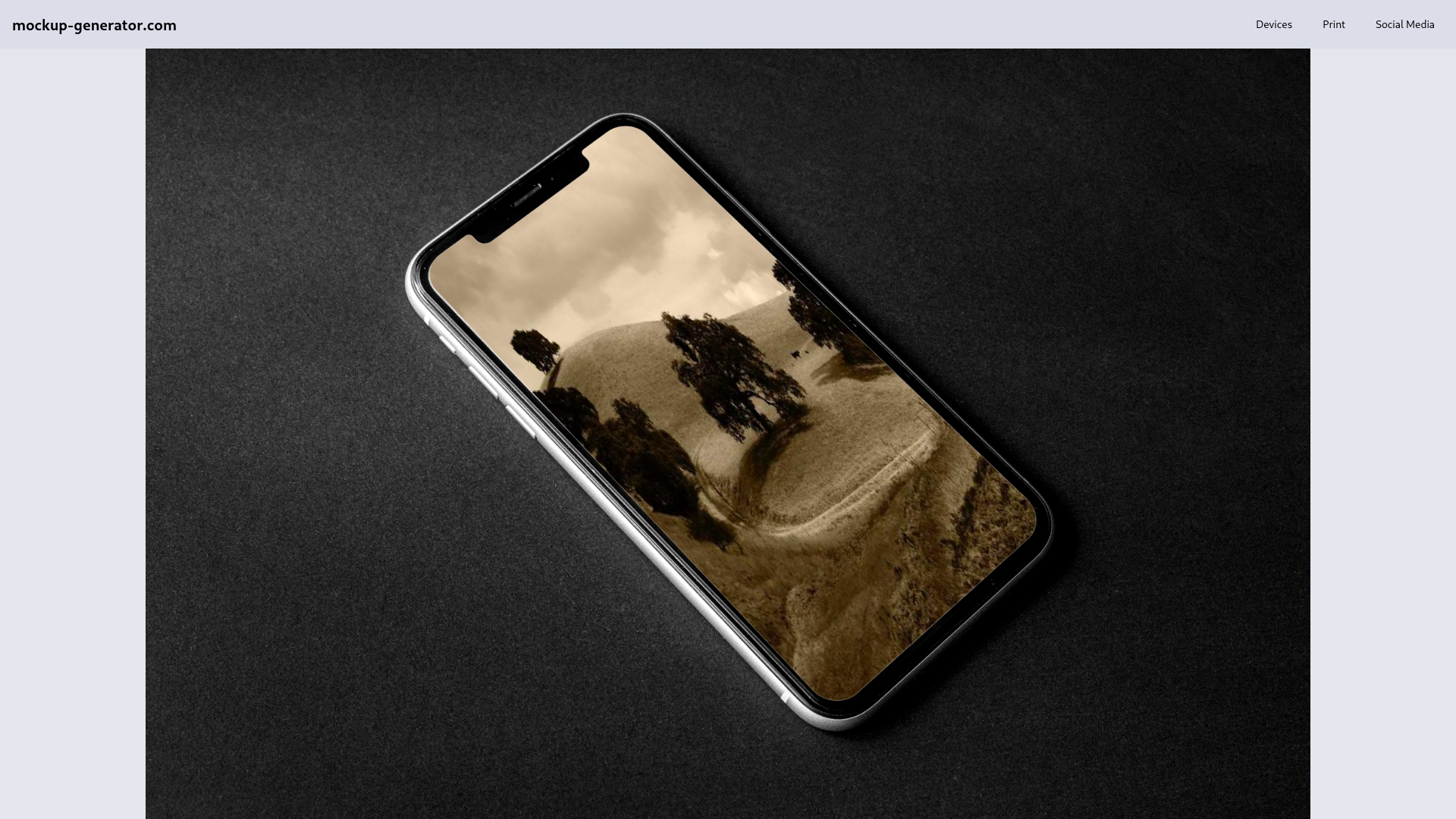 Testing perspective transformation quality
Testing perspective transformation quality
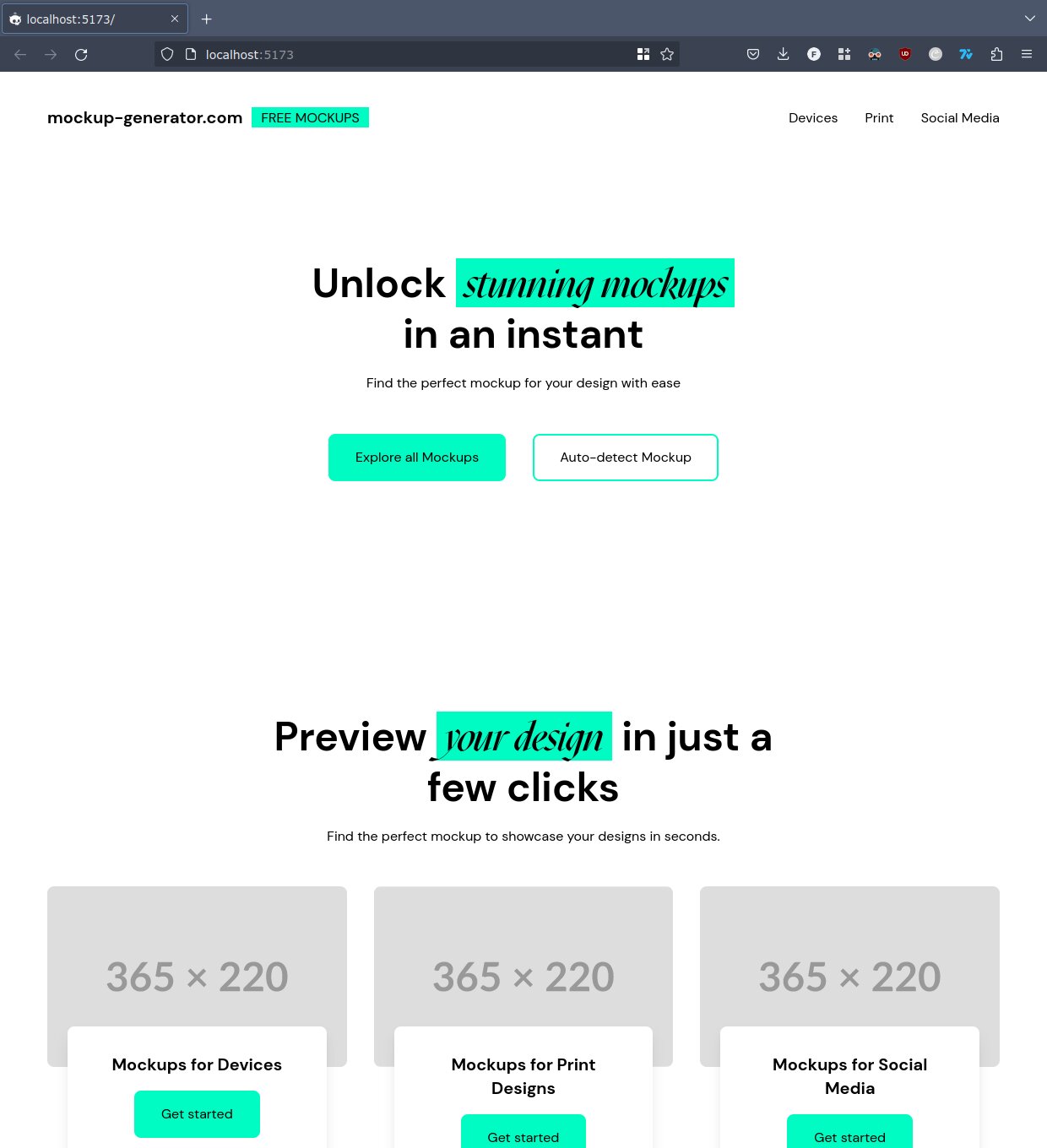 Working prototype running locally
Working prototype running locally
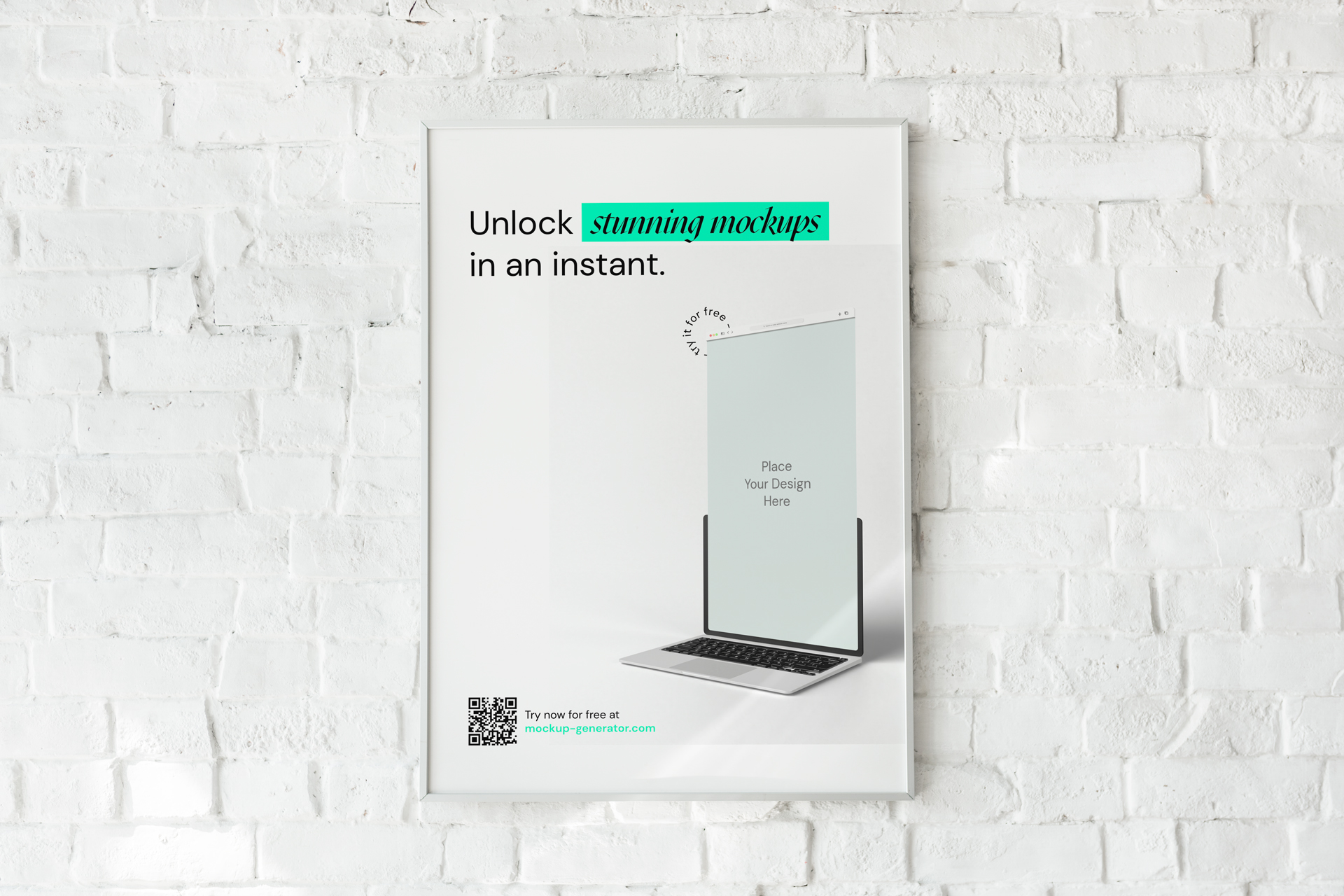 Example output - poster mockup transformation
Example output - poster mockup transformation
User Flow
- Upload design image
- Browse mockup categories
- Select desired mockups
- Customize (crop, background color)
- Download transformed results
The Result
Mockup Generator demonstrates how modern web technologies can replace complex desktop software with accessible browser-based tools. The project successfully:
- Eliminates software barriers to mockup creation
- Reduces 8.6 MB dependency to 7.6 KB through smart technology choices
- Provides free alternative to expensive mockup services
- Streamlines designer workflows with instant browser-based results
What I Learned
This project taught me the importance of technology selection in web applications. Choosing WebGL with a lightweight transformation library over OpenCV/WebAssembly resulted in 1000x size reduction while maintaining functionality.
The competitive analysis showed me how to identify genuine market gaps. While many similar tools existed, none combined free access, quality mockups and ease of use in a browser-based package.
Building with SvelteKit and Skeleton demonstrated how modern frameworks can accelerate development while maintaining code quality. The component-based architecture made iterating on designs quick and maintainable.
Mockup Generator proves that powerful design tools don’t need to be expensive or complex. Sometimes the best solution is the most accessible one.